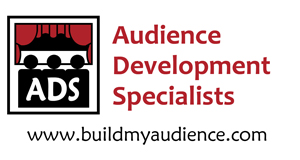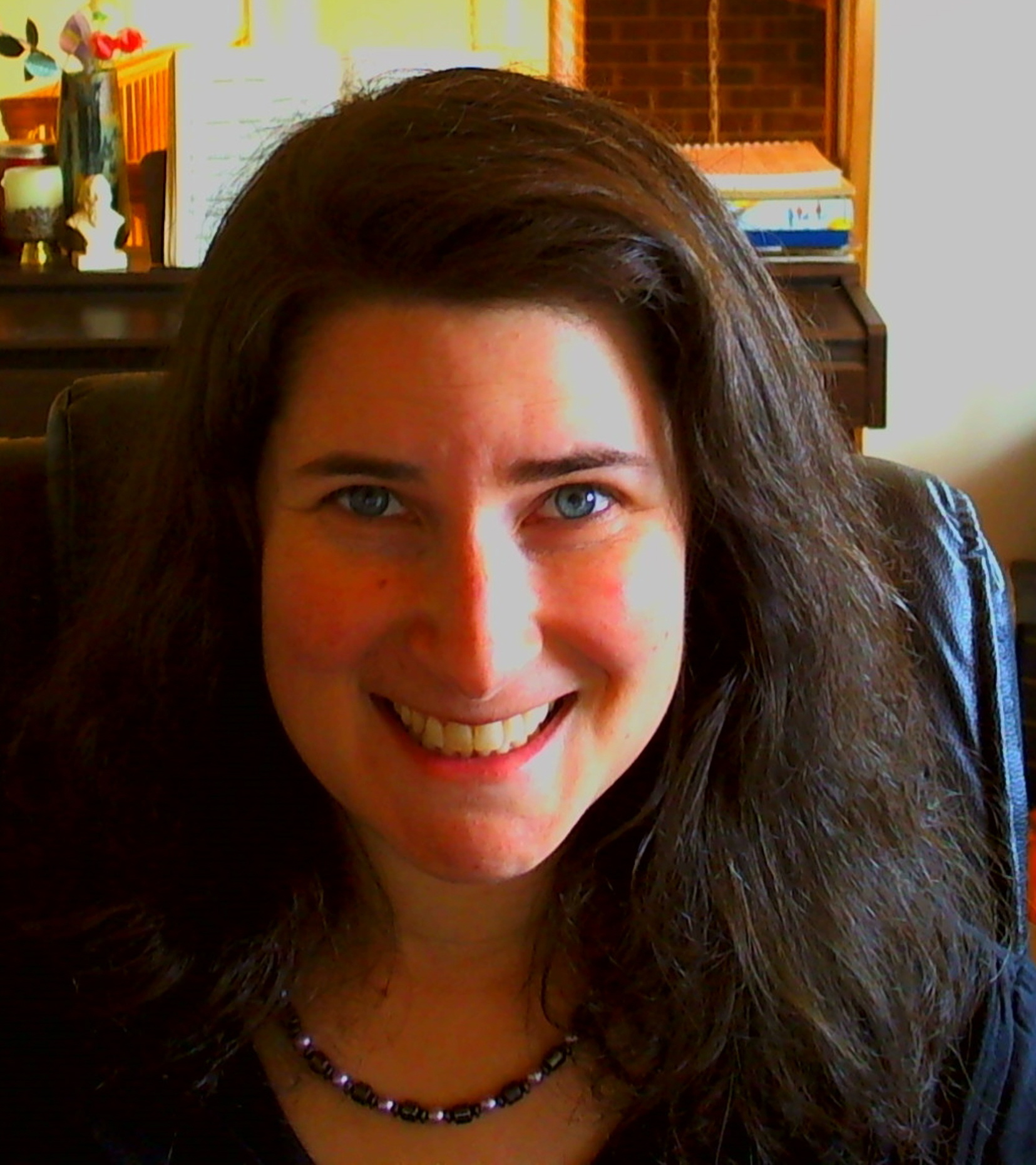I won’t name any names, but I know of a few organizations that are only doing the marketing side of promotion. They dotted their i’s and crossed their t’s for purchasing advertising. They promoted their events on social media platforms. They obtained publicity. They sent out a slew of mass marketing emails. Even with all the money and energy placed in this marketing arena, they still did not have close to sold out shows. In fact, these organizations had mainly bad bottom line years.
What went wrong? They did all that they “should” have been doing. What went wrong – they didn’t do what they “could” have been doing – which is to shift to an audience development mentality.
Shouting out about an event to the masses is an easy way to get the word out. However, it is not the way to guarantee that you will be heard. Remember, marketing is like shooting at a target and not knowing if the aim will be true. You have to spend a lot of time and money shooting out many, many arrows to even know that you will get a hit. It becomes expensive promoting your events this way and without any guarantees.
How can you guarantee people will actually look at and consider your events? By inviting them more personally! Segregating your lists is heading in the right direction, forming a team that invites on the one-on-one level is the best way to go.
I have been hired in the past to plan and purchase marketing for an organization. It was time consuming in its own way – time for planning, meeting with the different agents, planning again, collecting invoicing, submitting invoices, etc. This route is also time consuming. What if instead you saved some time for personal audience development?
It takes about the same amount of time to format and execute a well thought out audience development plan as it does a marketing plan.
Another huge difference, marketing is not exactly a team effort. As much as the media pretends to care about your events, you are mainly at the mercy of luck. Audience development is a team effort. You are combining the circles of each person’s connections to guarantee your event will be looked at.
As I mentioned before, audience development costs less too.
I have also been hired to do only audience development planning and implementation with very little marketing. These events have been successful without that marketing price tag. They saved money and still built their audiences!
So, if marketing alone is not producing results, why do we keep at it? Why do we continue to plunge all our time and money into planning and buying if it is no longer working?
Times have changed. If you truly want to be heard, listened to, looked at, considered, it is time to make the shift!
Cheers to happy and loyal audiences,
Shoshana
Shoshana Fanizza
Chief Audience Builder, ADS




